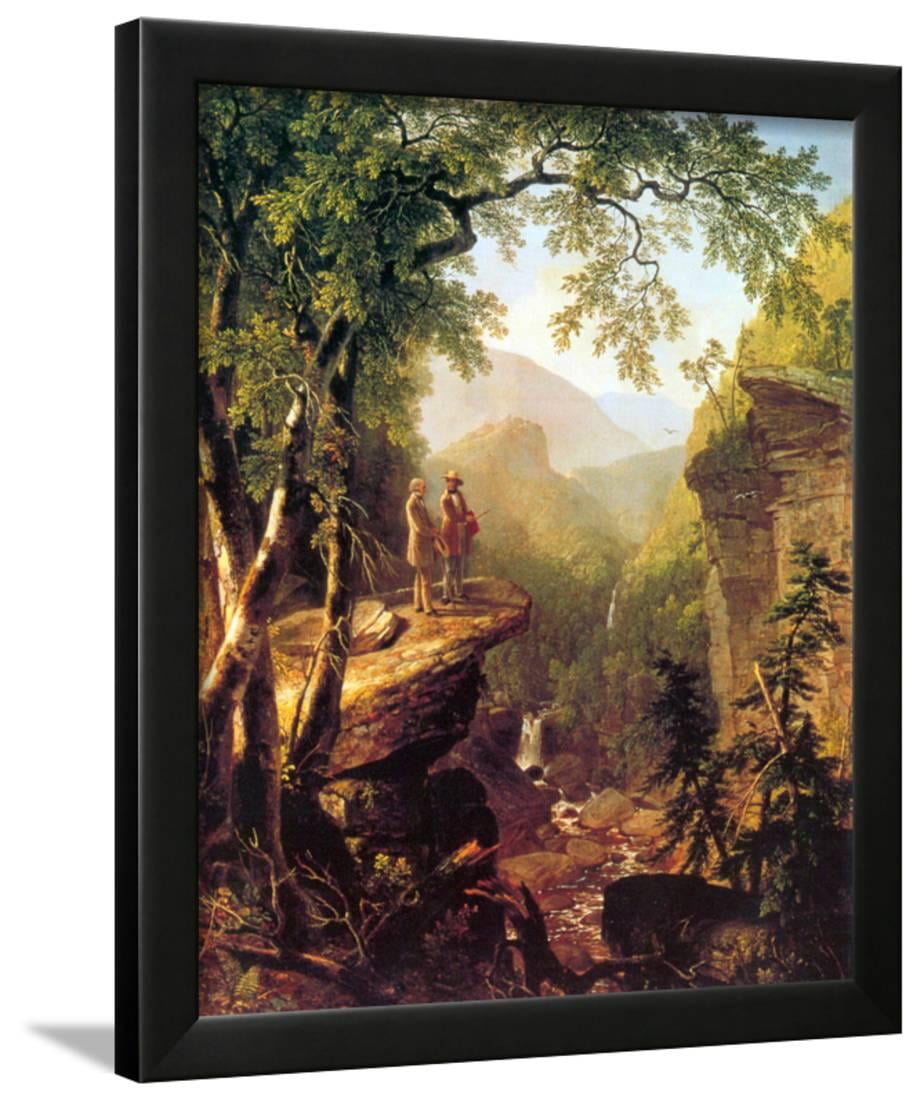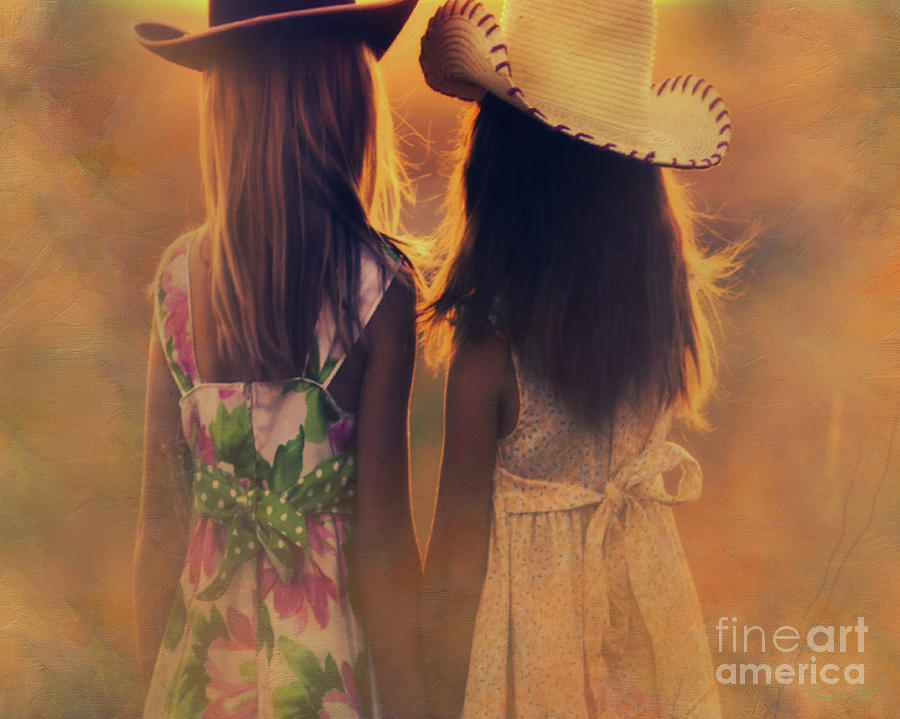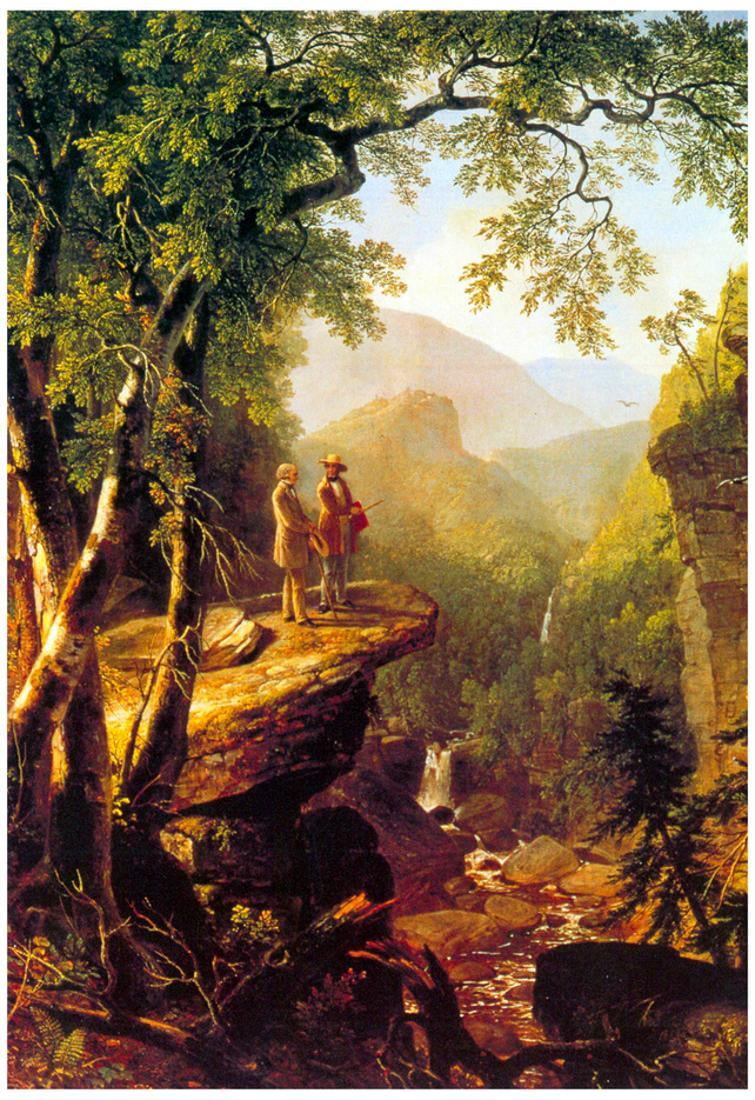

Their works of art reflected nineteenth-century American cultural, intellectual, and social backgrounds. Members of the school shared their iconography and responded to one another’s paintings. The Hudson River School artists shared an awe of the magnificence of nature as well as a belief that the untamed American scenery reflected the national character. Such artists as Thomas Cole, Frederic Church, and Albert Bierstadt left a powerful legacy to American art, embodying in their epic works the reverence for nature and the national idealism that prevailed during the middle of the 19th century. The Hudson River School paintings are among America’s most admired and well-loved artworks. Today’s work of art is not a painting by Thomas Cole but one in which he is depicted. Today, My Daily Art Display, relates to three men, a poet and two artists, both of the Hudson River School of painting, one of whom, Thomas Cole, was the founder.
#Kindred spirits artwork license
This is a part of the Wikipedia article used under the Creative Commons Attribution-Sharealike 3.0 Unported License (CC-BY-SA).A few days ago (February 4 th), I gave you a landscape painting by the American (although born in England) artist Thomas Cole. Standing on the ledge looking out towards the valley, the paintings’ figures of Bryant and Cole illustrate Cole's 1836 description: In the summer of 1840, Bryant explored the Kaaterskill area of the Catskills with Cole. As kindred spirits, Cole and Bryant both shared a passion for the American landscape.

Bryant, poet and newspaper editor, would poetically capture the Kaaterskill in his poem "Caaterskill Falls."Ĭombining two locations-Kaaterskill Falls and the Clove-in an idealized format, the painting illustrates the idea of communing with Nature. Cole would depict the area beginning in 1826 with his painting Kaaterskill Falls and the area soon became an icon of the burgeoning American landscape painting. Durand, a friend of both Cole and Bryant, depicted his friends in their companionate stance in a location they both expressed in their creative pieces. Currently, the painting is held in the Crystal Bridges Museum of American Art in Bentonville, Arkansas.Īt its heart, Kindred Spirits is a memory piece. The painting was on display at the National Gallery of Art between 20.

The Library was criticized for "jettisoning part of the city's cultural patrimony," but the Library defended its move stating it needed the money for its endowment fund. In 2005, it was sold at auction to Walmart heiress Alice Walton for $35 million, a record for a painting by an American artist. In 1904, Bryant's daughter Julia donated the painting to the New York Public Library. By then it was known as, Kindred Spirits, a title inspired by John Keats' "Sonnet to Solitude." While there it received high praise in the press and periodicals. "Every body admires it greatly," he wrote, "and places it high as a work of art." A few weeks after the painting was delivered to Bryant, it was exhibited at the National Academy of Design. Bryant described his first impression of the gift to Durand, writing, "I was more delighted with it than I can express, and am under very great obligations to you for having put so much of your acknowledged genius into a work intended for me." He continued on to state that "the painting seems to me in your best manner, which is the highest praise." According to Bryant, visitors to his home admired the painting too. Within days of receiving the painting, Bryant wrote thank you notes to both Sturges and Durant expressing his praise for the work. The painting was commissioned by New York art collector and advocate Jonathan Sturges as a gift to Bryant who in May 1848 had presented an eulogy for the painter Cole (who had unexpectedly died in February of that year). Rather, it is an idealized memory of Cole's discovery of the region more than twenty years prior, his friendship with Bryant, and his ideas about American nature. The landscape painting, which combines geographical features in Kaaterskill Clove and a minuscule depiction of Kaaterskill Falls, is not a literal depiction of American geography.

It depicts the painter Thomas Cole, who had died in 1848, and his friend, the poet William Cullen Bryant, in the Catskill Mountains. Kindred Spirits (1849) is a painting by Asher Brown Durand, a member of the Hudson River School of painters.


 0 kommentar(er)
0 kommentar(er)
